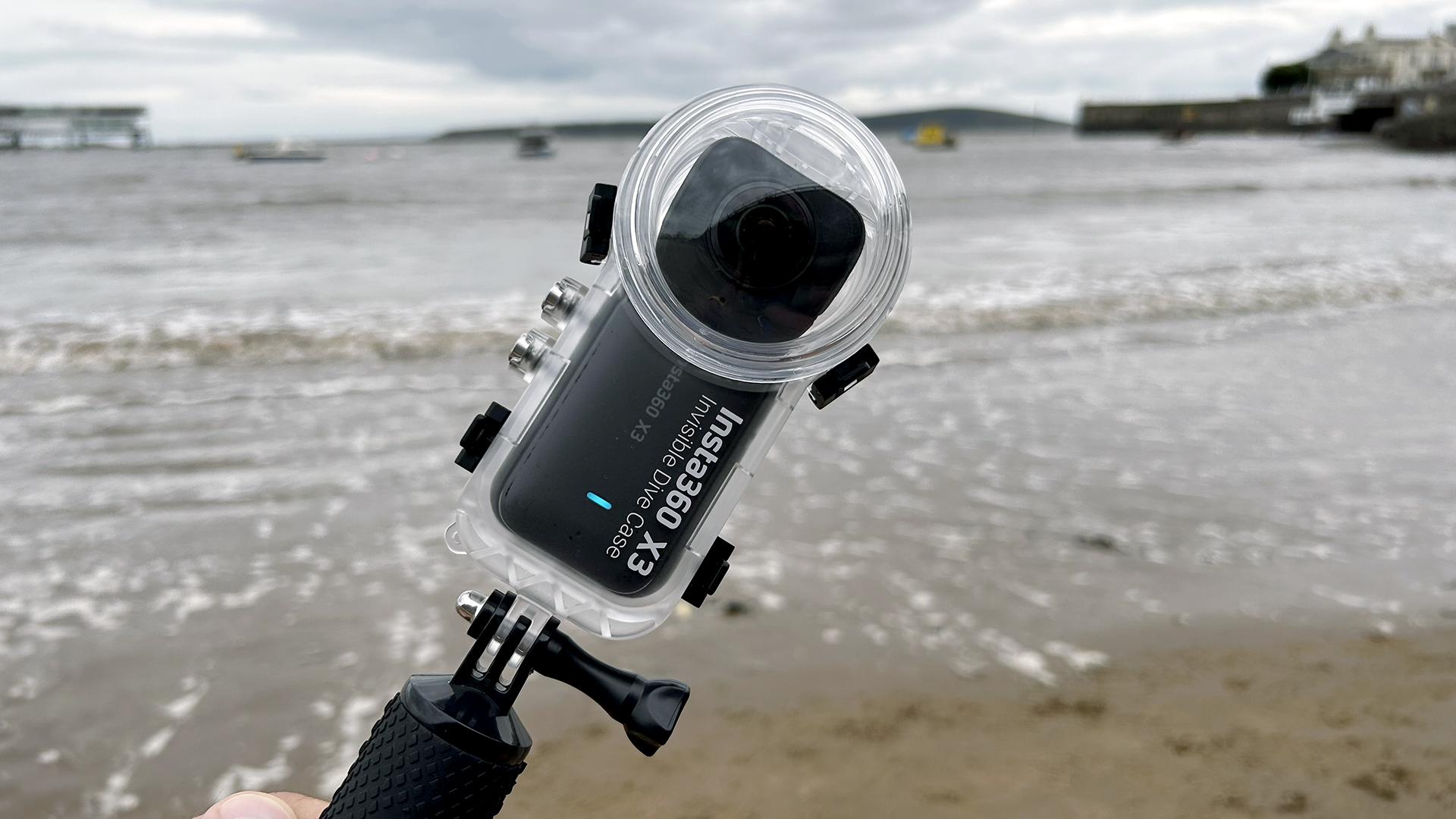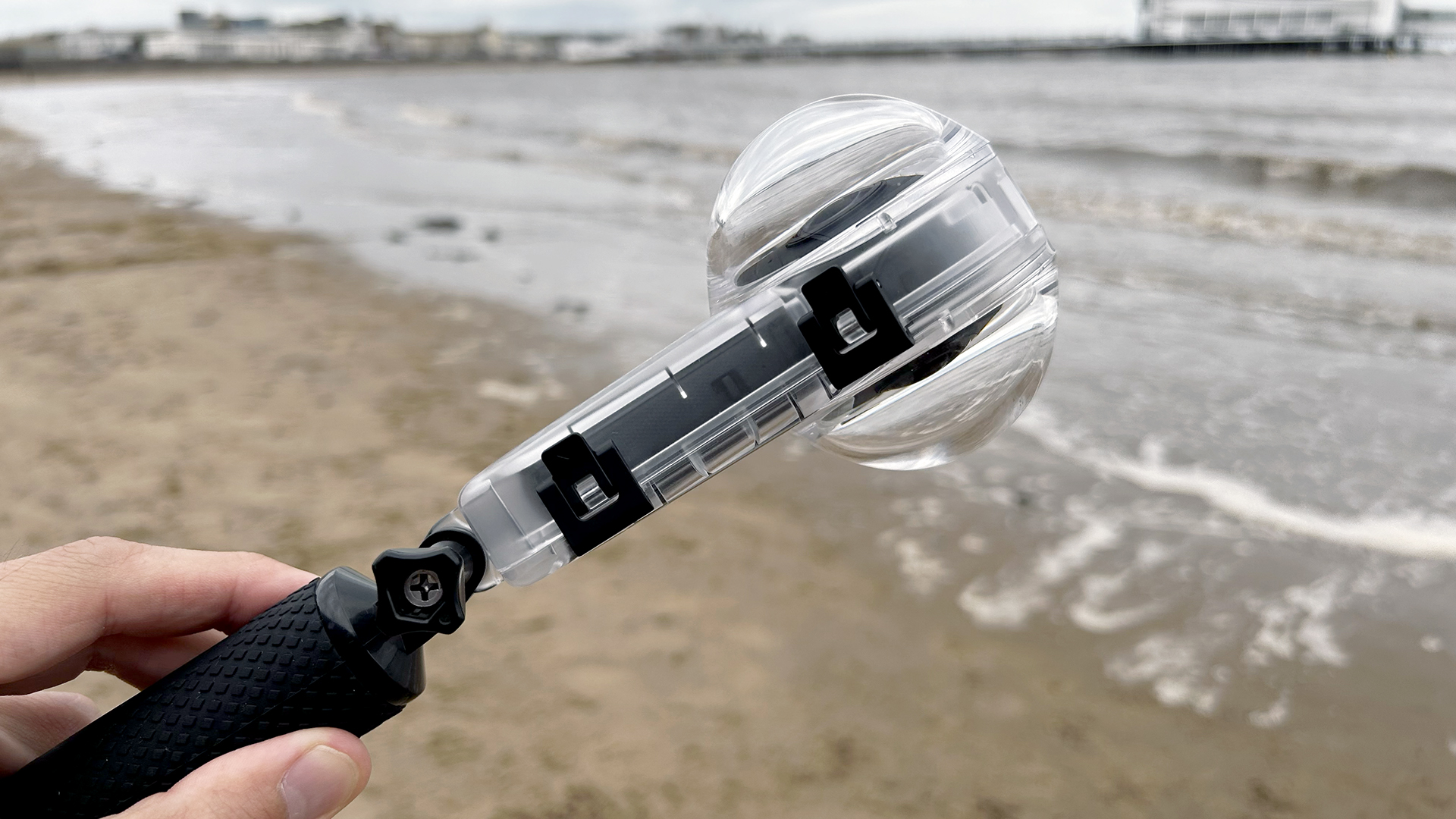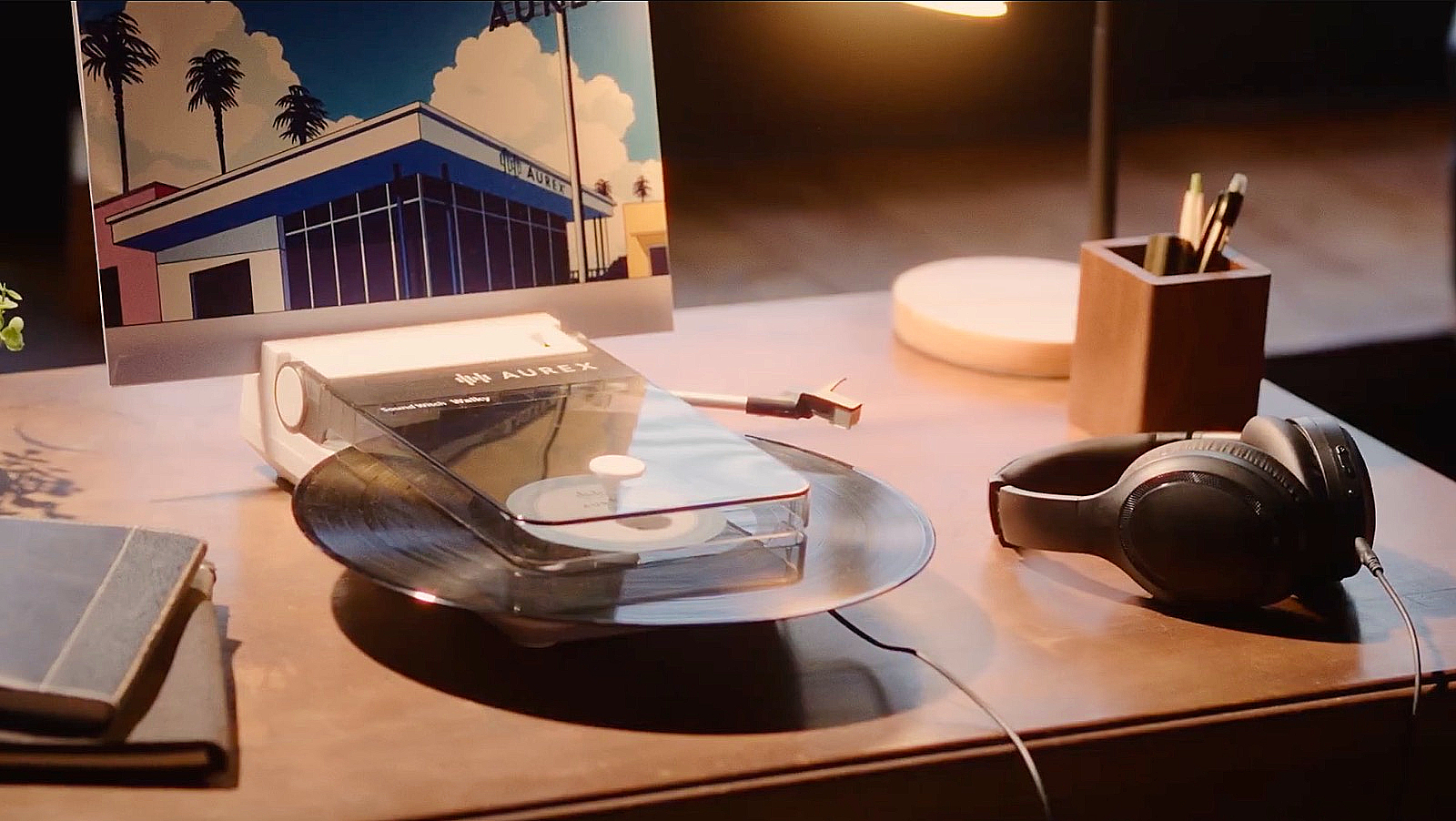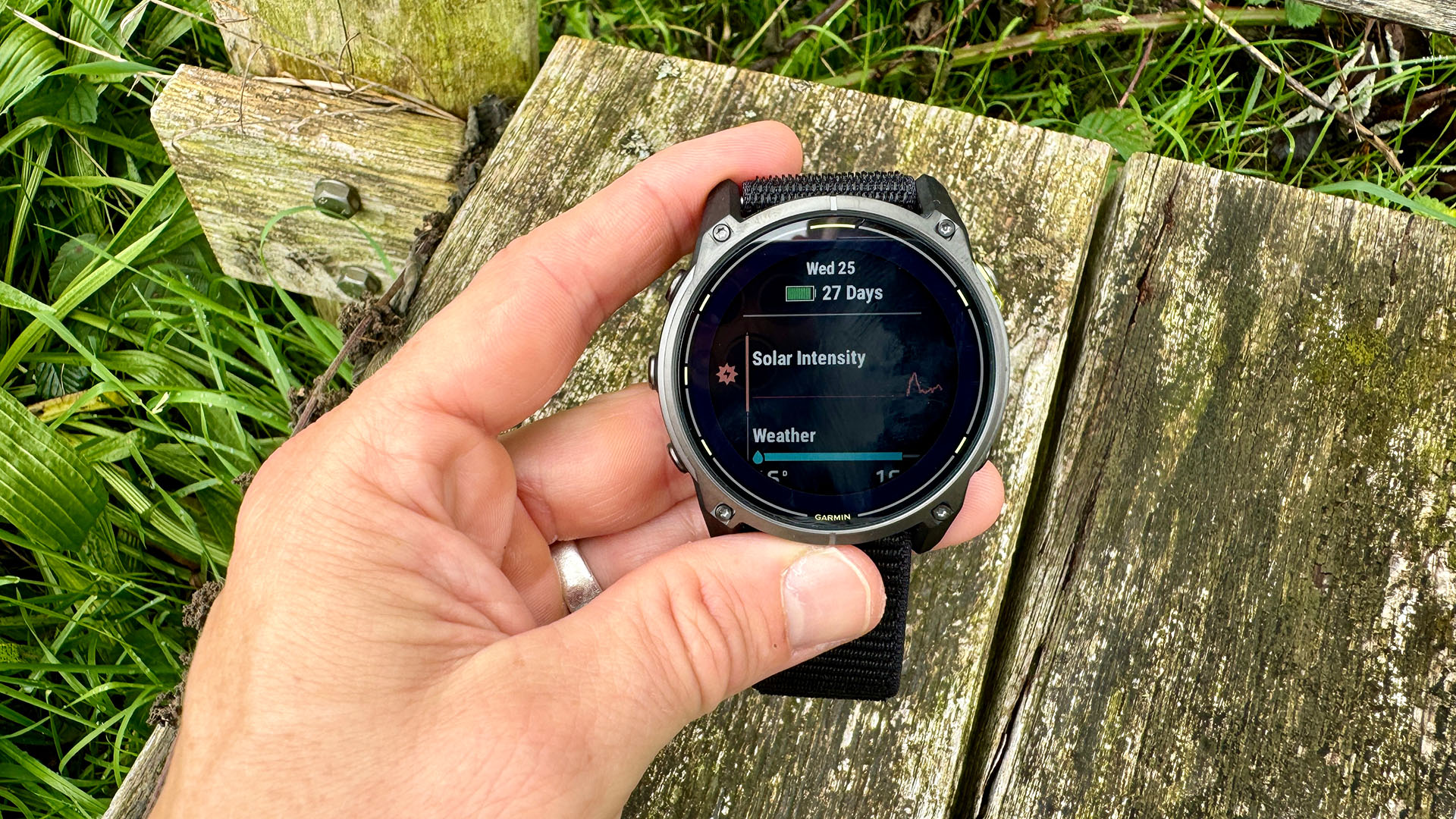

People love sharing photos and videos of their wild swimming adventures online. It's understandable – we have an inherent admiration towards the vast expense of the sea. However, until now, recording footage underwater was somewhat limited using standard action cameras plonked in a plastic dive case. The latest product launch from Insta360 is set to change this.
The new Insta360 X3 Invisible Dive Case works exclusively with what I think is the best action camera right now, the Insta360 X3. But unlike traditional dive cases, the Invisible Dive Case stays invisible in the footage, providing you with unobstructed 360-degree underwater footage to play with in post. To achieve this, Insta360 use clever algorithms to edit out unwanted bits, especially at the base (nadir) of the case, and remove refraction.
Why use the Insta360 X3 Invisible Dive Case?
My initial thoughts about the dive case were the same as yours. The Insta360 X3 on its own is IPX8 waterproof to 10 meters, so why add another case? While X3 is waterproof, underwater light refraction makes seamless stitching impossible without the Invisible Dive Case. Plus, it's IPX8 waterproof to 50m (164ft), allowing you to go deeper without worrying about killing your action camera in the process.
Another key selling point is the aforementioned stitching of footage in post-processing. So, you can dive deeper and still have unobstructed, seamless 360-degree footage to play with. That's 5.7K @ 30fps 360° video for you 50 metres underwater! Colour me impressed. The Invisible Dive Case also protects the action camera from salt water. Although the Insta360 X3 is waterproof, exposing it to seawater often might jeopardise the structural integrity of the unit. The case can keep the cam in pristine, 'box-fresh' condition longer.

How to use Insta360 X3 Invisible Dive Case?
To use the Insta360 X3 Invisible Dive Case, your Insta360 X3 must be updated to the latest firmware for the Dive Case Mode. Dive Case Mode must be enabled to control the camera with the Invisible Dive Case. To enter Dive Case Mode, long press the Q button on the side of the X3 camera or drop down the menu and click the dive case icon to enter Dive Case Mode.
This is so you can operate the camera using the two buttons on the side. Obviously, once the Insta360 X3 is in the Invisible Dive Case, you won't have access to the touchscreen or the buttons at the bottom of the cam, which you would typically use to start recording, for example.
You should have 360 Video mode selected in 5.7K 30fps AUTO mode. Use the Vivid colour profile and low or medium sharpness (videos can be further sharpened in post). Insta360 recommends not using Lens Guards and keeping the lens clean - fingerprints or water drops will affect the image quality.
Sign up to the T3 newsletter for smarter living straight to your inbox
Get all the latest news, reviews, deals and buying guides on gorgeous tech, home and active products from the T3 experts
For best results, use the 114cm Invisible Selfie Stick (with the Floating Hand Grip, a small portion of the handle will be visible in the video). The camera and the selfie stick must be aligned in a straight line (with the old dive case, you had to bend the camera so it faced you).
Please, please, make sure the case is tightened completely onto the selfie stick. You don't want to drop the action camera underwater. Only shoot with the Invisible Dive Case underwater, not above water, while surfing, etc. (see also: refraction). Insta360 recommends using Insta360 Studio for editing the footage (as opposed to the mobile app).
I used Insta360 X3 Invisible Dive Case: here's how it went
Before I get into talking about my experience with the Insta360 X3 Invisible Dive Case, let me just say that I had some issues during testing, which were mostly my fault. I was sent the unit a few weeks ago but had to wait for the software updates to be ready so that I could actually use it. Although I live by the sea, I also had to travel to a location where the water is a bit clearer than in North Somerset.
And when I did, I only took the floating handle with me, not the Invisible Selfie Stick you need to use with the case. Therefore, the footage I share above is from Insta360, not mine. I'll have the opportunity to test the Invisible Dive Case again abroad and update this article with my video.
To be fair, there isn't much to talk about in terms of using the case or how difficult it is to operate the camera once it's in the dive case. If the Dive Case Mode is activated, all you have to do is tighten the latch closure clips, start the recording, and go in the water. The rest is being sorted out in post-processing, which you can easily do in Insta360 Studio.
One thing I noticed is that tightening the screw that connects the case and the selfie stick doesn't seem to be able to hold the camera perfectly aligned all the time. It's not like the Insta360 X3 flops around underwater, but it needed some occasional readjusting when I used the case.
The Invisible Dive Case didn't let any water in, which was excellent, and the buttons are easy enough to operate, too. Overall, ease of use is on point, and if Insta360 is to be believed, the footage also looks decent.

Should you buy the Insta360 X3 Invisible Dive Case?
The Insta360 X3 Invisible Dive Case is available to buy now directly from Insta360 for $99.99 (approx. £78/ AU$ 151). The Invisible Dive Kit, which includes the Insta360 X3 action camera, a 114cm Selfie Stick, the Invisible Dive Case, the Floating Hand Grip and the X3 Lens Cap, costs $569.99 (approx. £445/ AU$ 860).
There are many benefits of using the Invisible Dive Case. It allows you to shoot footage below the waterline more securely and protects your camera from damage from seawater. Most importantly, it takes into account the refraction that inevitably appears when shooting videos underwater.
That said, unless you're a keen diver, justifying the price of a $100 accessory to shoot 360-degree footage in the water might be pushing the envelope to some. On the other hand, getting the Invisible Dive Kit allows you to use the Insta360 X3 both above and below the waterline, which blasts the doors of creativity right open, allowing you to shoot whatever footage you want. And that's worth the price.

Matt Kollat is a journalist and content creator who works for T3.com and its magazine counterpart as an Active Editor. His areas of expertise include wearables, drones, fitness equipment, nutrition and outdoor gear. He joined T3 in 2019. His byline appears in several publications, including Techradar and Fit&Well, and more. Matt also collaborated with other content creators (e.g. Garage Gym Reviews) and judged many awards, such as the European Specialist Sports Nutrition Alliance's ESSNawards. When he isn't working out, running or cycling, you'll find him roaming the countryside and trying out new podcasting and content creation equipment.
-
 Toshiba’s portable record player is a Walkman for your vinyl
Toshiba’s portable record player is a Walkman for your vinylToshiba's tiny record player is a lot more portable than your record collection
By Carrie Marshall Published
-
 Garmin’s on a mission to update your wrist into oblivion as 100+ tweaks land on Fenix and Enduro watches
Garmin’s on a mission to update your wrist into oblivion as 100+ tweaks land on Fenix and Enduro watchesThe latest beta update looks comprehensive
By Matt Kollat Published